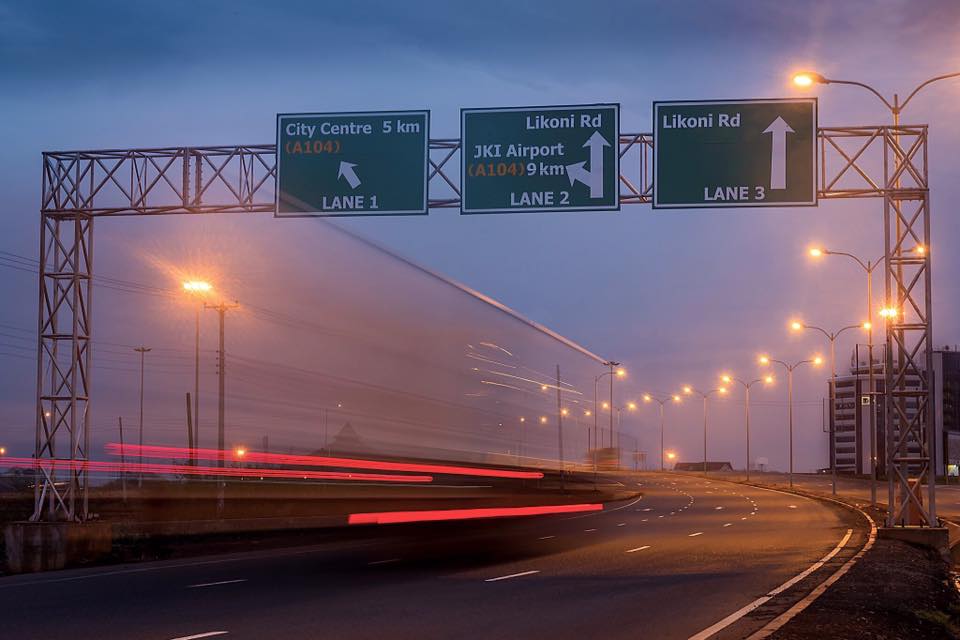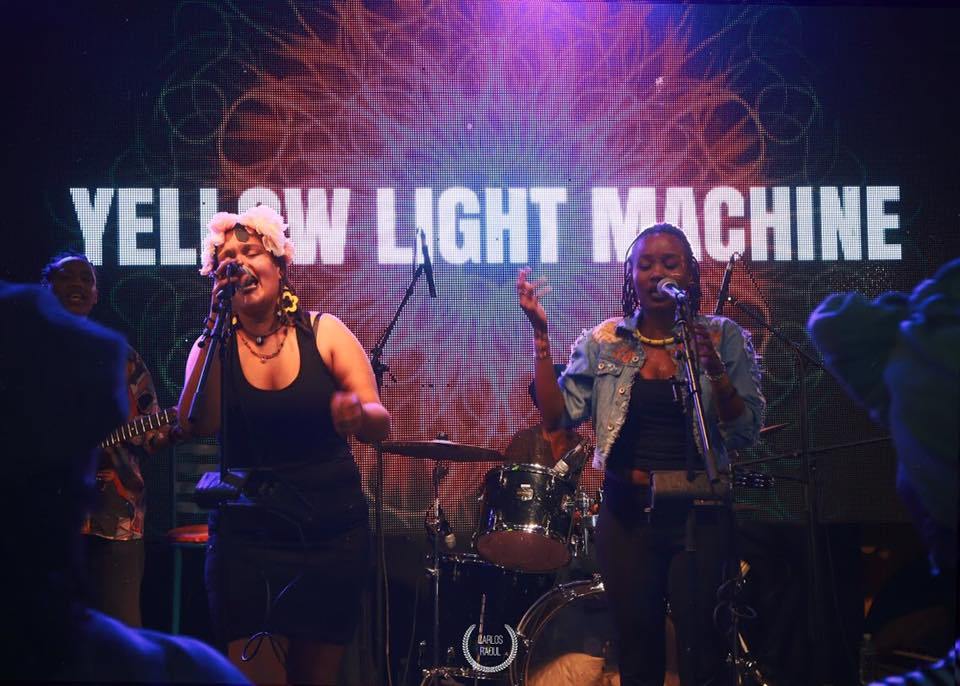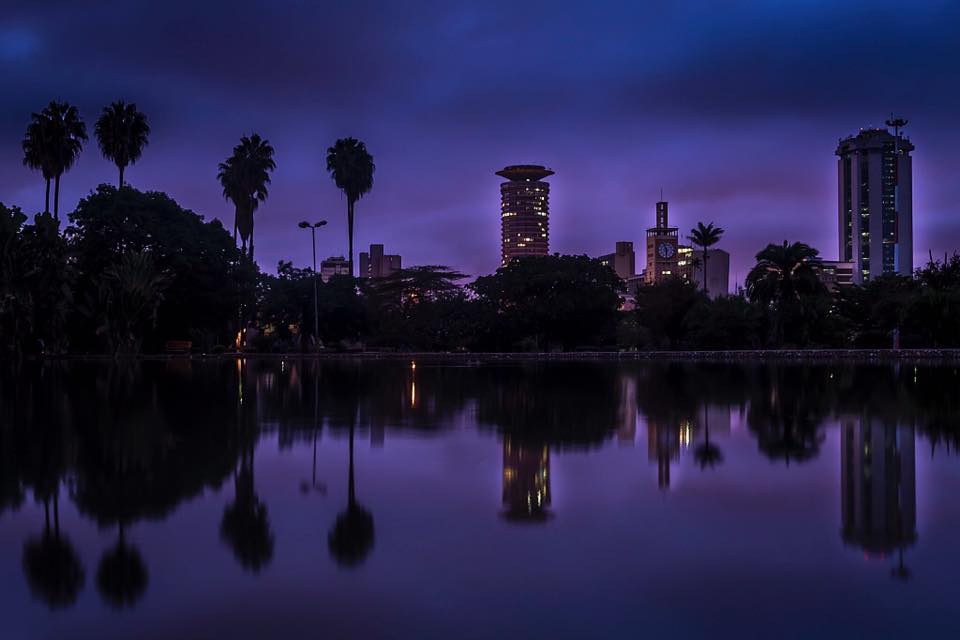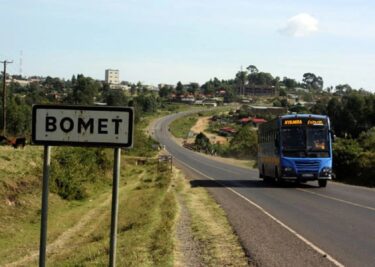Nairobi
At the centre of what we now know as County 047 lay a marshy swamp. Named for the Maa phrase for ‘place of cool waters’, Nairobi was a paradise for wildlife and the herds of the Maasai. That was until 1892 when the area became depopulated because of the emergence of rinderpest and smallpox which decimated people and herds with equal ruthlessness. By the time the surveyors of the Lunatic Express arrived in 1896 the area known as Nyrobi was defined only by its waters and a great emptiness.
Nevertheless, a depot was put up at Mile 237 and the county’s first municipal map was drawn up in 1898. Two roads defined the new site – present day Tom Mboya Street and Moi Avenue. Housing for the railway staffers was mapped onto a few streets and avenues leading off of Moi Avenue. The map was dispatched to London for approval and only one change was made on 3 October 1899, to change the name from Nyrobi to Nairobi, and with that stroke of a pen, a powerhouse was born.
Over a hundred years later, we have the thriving city of Nairobi, administrative and commercial capital of the country with a population of over 3 million by day and less than half of that by night. The skylines of the county are changing rapidly with higher and higher commercial and residential buildings contributing to its rapid urban growth.
With Kenya’s zero point nestled between Kenyatta Avenue and the top of Koinange Street, Nairobi became the point from which all distances from Kenya vis-à-vis the world are measured. The nondescript stone ball with its white stars that defines the zero point used to reside in the Provincial Commissioner’s offices, which were built in 1913. The building was known as Hatches, Matches and Dispatches as all births, marriages and deaths were registered in the little building, now dwarfed by Nyayo House. The PCs office also housed the first banking station in Nairobi, and its safe still remains locked in one of the rooms. The building is now known as the Nairobi Gallery, housing historical and artistic collections. In it you will find the old prison room where Africans without their kipande would be remanded before being sentenced in the courthouse in the next room. The main punishment? Planting of wattle or eucalyptus trees along designated roads in an effort to reduce the swampy nature of the municipal area. Ever seen those huge trees that line Haile Selassie Avenue up Nairobi Hill? You have unfortunate prisoners to thank for their towering beauty and the resulting reduction of the Nairobi swamp.
Nairobi has never been constant; it keeps redefining itself. From its highest building in 1951 that housed the National Bank of India and today is the National Archives, to the 1973 construction of the eco-friendly 28-story Kenyatta International Conference Centre designed by David Mutiso and Karl Henrik Nøstvik with its iconic hut and towering pillar that symbolizes our past and our future, to the 34 floors of Britam Towers in Upper Hill completed in 2017 that is the region’s new highest building.
047 keeps moving even as it is hemmed in by a set of barracks on each side – Kabete on Waiyaki Way, Lang’ata on the road of the same name, Kahawa on Thika Highway and Embakasi in Eastlands. Nairobi is a place that doesn’t sleep. Nairobi’s main crop? Tuseme tu ni pesa, as this is where ideas turn into solutions and solutions into propositions that grow businesses and mint money. Nairobi is the true home of the hustle, from hawkers plying tropical mints, kofias and fruits along the highways to guys moving about with their brown envelopes, to captains of industry closing business at the Capital Club.
The Green City in the Sun with its beautiful and vibrant Uhuru Park, its cool murram paths in Karura Forest and its wide open plains in Nairobi National Park, is where we conclude our #KeSafari. It is the grand melting pot of our nation; the place that represents every tribe and community of Kenya.
- Photo Copyright: Kevin Gitonga
- Photo Copyright: Carlos Lawson
- Photo Copyright: Carlos Lawson
- Photo Copyright: Kevin Gitonga
Our featured photographer for our country’s capital is Carlos Lawson. A passionate storyteller, he dove head first into the film and photography creative sector and has since found his place in this once random pursuit. His love for adventure has also contributed to the variety of his photos – which he believes are memories for tomorrow and years to come. Wanna see more? You’re invited to view more of his art on: https://www.presskit.to/carlosraoul – or on FB and IG: Carlos Raoul






